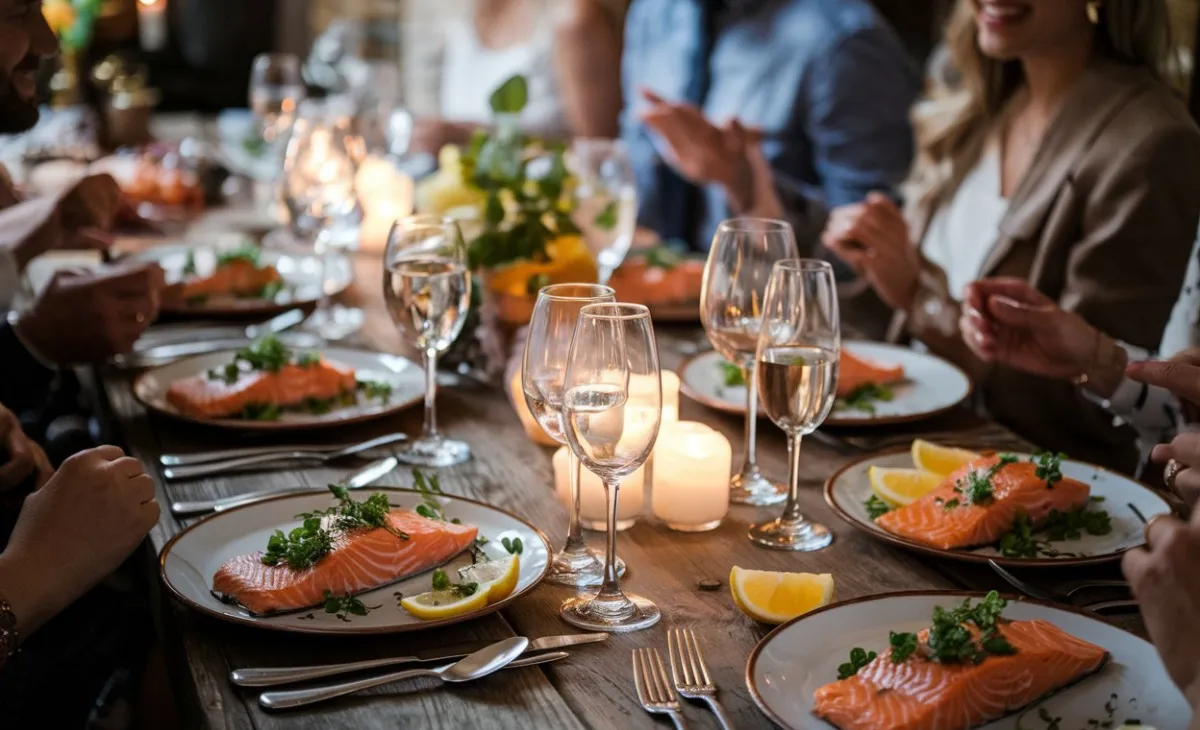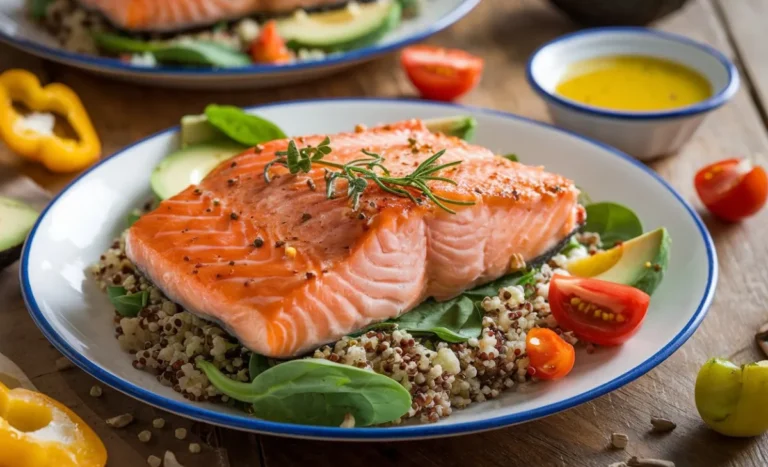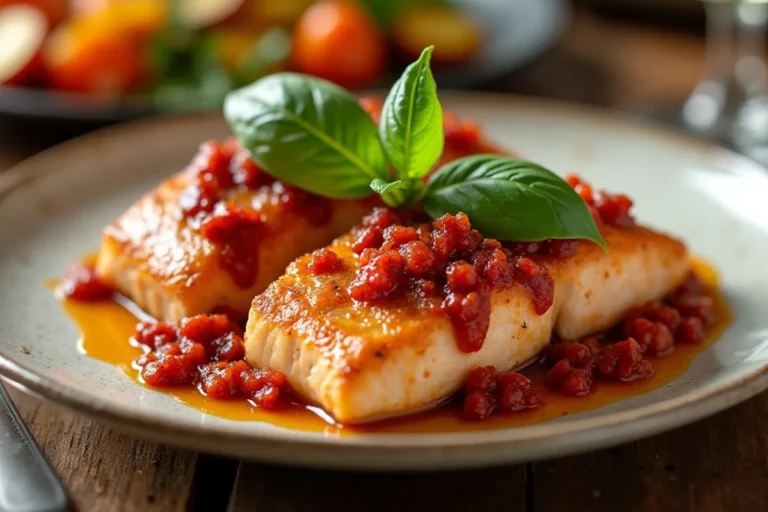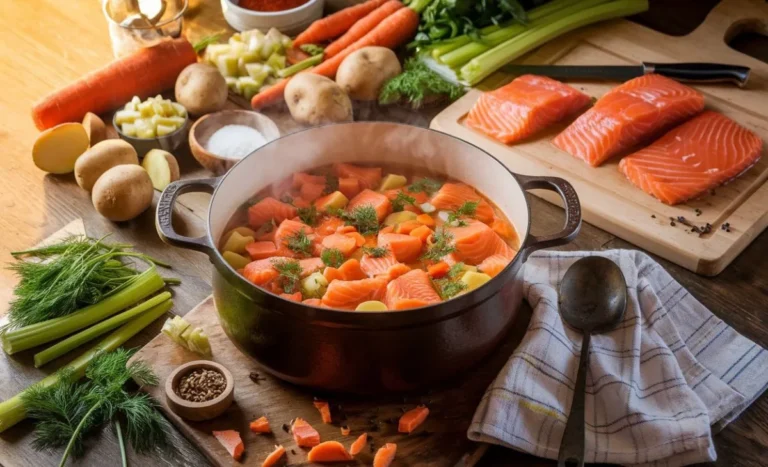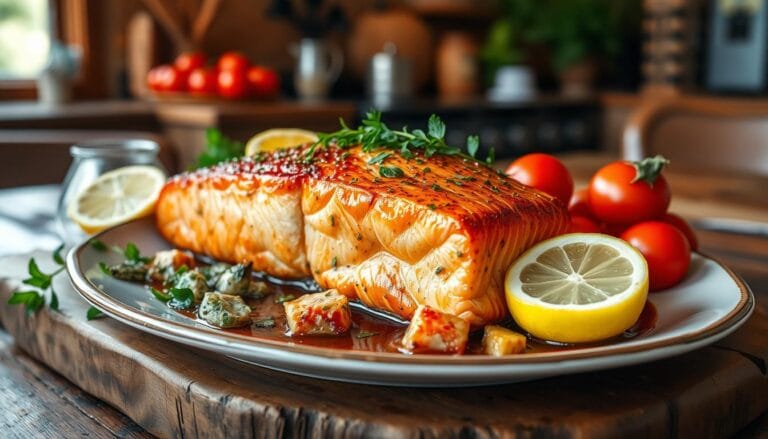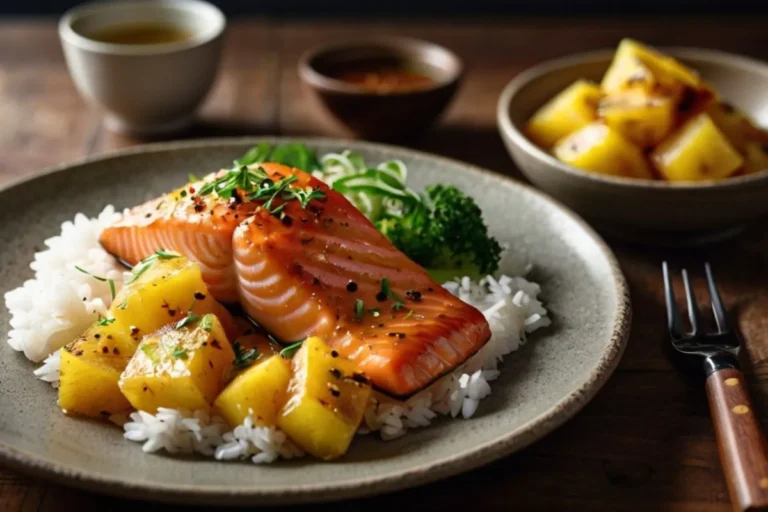How Much Salmon Per Person: Tips for Serving the Right Amount Every Time
How Much Salmon Per Person: Tips for Serving the Right Amount Every Time
When it comes to serving salmon, there’s always that lingering question: how much is enough? Whether you’re preparing a cozy family dinner, hosting a dinner party, or simply planning meals for the week, nailing the perfect portion size can make all the difference. Too little, and someone leaves the table hungry. Too much, and you’re left with food waste or an overstuffed fridge. Striking that balance is easier than you think, and with just a bit of guidance, you can confidently serve the right amount of salmon every time.
Why Getting the Right Salmon Portion Matters
Serving the correct portion of salmon isn’t just about aesthetics or avoiding awkward shortages. It’s a thoughtful approach that benefits your wallet, health, and the environment. Wasting food not only drains your resources but also contributes to a larger environmental problem. By planning portions, you’re taking a step toward sustainability. Plus, knowing how much salmon to serve ensures your guests leave satisfied. No one wants to serve a meal and wonder if everyone got enough to eat. By understanding the factors that influence portions, you can confidently plan any meal involving this versatile fish.
Factors That Affect Portion Size
Several variables play a role in determining how much salmon you should prepare. One of the most significant factors is the type of occasion. Are you serving salmon as the main dish for a formal sit-down dinner or as part of a buffet with other proteins and sides? For a sit-down meal, larger portions are expected. Buffets, on the other hand, call for smaller portions since guests typically sample multiple dishes. Appetite also matters. If you’re cooking for a group of adults with hearty appetites, you’ll need more compared to a meal for a family with children or elderly guests.
Another consideration is the type of salmon. Farmed salmon, like Atlantic salmon, tends to have a higher fat content, making it richer and more filling than leaner wild-caught varieties like sockeye. Your cooking method can also affect portions. Grilled or baked salmon retains its weight better, while fried or smoked salmon is more concentrated, often requiring smaller servings. And, of course, don’t forget side dishes. If you’re pairing salmon with hearty options like mashed potatoes or pasta, you may not need as much salmon per person.
General Guidelines for Salmon Portions
When it comes to serving salmon, there are tried-and-true guidelines to follow. For adults, plan on serving about 6–8 ounces of raw salmon per person. If the salmon is the centerpiece of the meal, such as a fillet served alongside a couple of sides, this amount works perfectly. Keep in mind that salmon loses about 25% of its weight during cooking due to water loss. This means a 6-ounce raw portion will yield roughly 4.5 ounces of cooked salmon. For children, smaller portions of 3–4 ounces are sufficient. They tend to have smaller appetites, and smaller servings prevent waste.
For those following specific diets, adjustments may be necessary. High-protein diets, for instance, might require servings of 8–10 ounces per person to meet nutritional goals. These general rules make it easier to shop and prepare meals without overthinking quantities.
| Group | Raw Weight (oz) | Cooked Weight (oz) |
|---|---|---|
| Adults | 6–8 | 4–6 |
| Children | 3–4 | 2.5–3.5 |
| High-protein diets | 8–10 | 6–8 |
How to Calculate Salmon Portions for Large Groups
When cooking for a crowd, precision matters even more. Start by determining how many people you’ll be serving. Multiply the recommended portion size by the number of guests, and don’t forget to add a buffer of about 10% to account for unexpected guests or extra-hungry eaters. For example, if you’re hosting a dinner for 10 adults, you’ll need about 80 ounces of raw salmon—or 5 pounds. Planning for a buffet? Stick to smaller portions of about 5–6 ounces per person since guests will sample a variety of dishes.
Using tools like kitchen scales can help you measure portions accurately, and bulk purchasing from a local fishmonger or grocery store may save you money. Pre-portioned salmon fillets are another excellent option for keeping servings consistent.
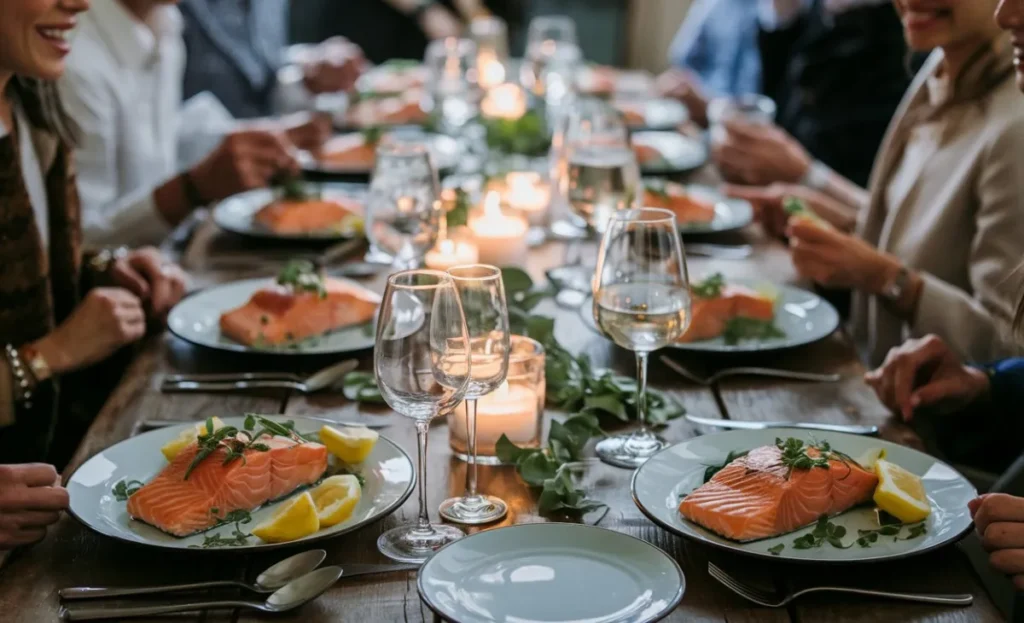
Tips for Serving Salmon Perfectly Every Time
Choosing the right cut of salmon can make your life much easier. Fillets are ideal for individual servings and are simple to portion and cook. If you’re feeding a larger group, consider preparing a whole salmon. It makes for a stunning presentation and allows guests to serve themselves. Once you’ve chosen your cut, think about how you want to plate the dish. Garnishes like lemon slices, fresh dill, or a drizzle of herb butter can elevate the presentation, especially for special occasions.
Another tip is to ensure your side dishes complement the salmon. Light, refreshing options like a quinoa salad, steamed asparagus, or roasted vegetables work well, balancing the richness of the fish. For casual meals, keep it simple with a side of rice or a leafy green salad.
Recipe Suggestions to Complement Salmon Portions
A well-prepared salmon dish deserves delicious accompaniments. For a straightforward yet flavorful grilled salmon recipe, all you need is olive oil, lemon juice, and a few spices. Brush the fillets with olive oil, season with salt, pepper, and paprika, then grill over medium heat for about 4 minutes per side. Serve with a side of roasted vegetables or quinoa for a balanced meal.
| Ingredient | Amount |
|---|---|
| Salmon fillets | 4 (6 ounces each) |
| Olive oil | 2 tablespoons |
| Lemon juice | 1 tablespoon |
| Paprika | 1 teaspoon |
| Salt and pepper | To taste |
Nutritional Benefits of Salmon
Salmon is not just delicious; it’s also a nutritional powerhouse. Packed with omega-3 fatty acids, it supports heart and brain health while reducing inflammation. A standard 6-ounce raw serving contains approximately 250 calories, 25 grams of protein, and 1.8 grams of omega-3s. Once cooked, the calories decrease slightly due to water loss.
Wild-caught salmon typically has fewer calories and a slightly higher omega-3 content than farmed salmon, making it a popular choice for health-conscious eaters. However, both options are excellent sources of protein, vitamins, and minerals.
| Nutrient | Raw (per 6 oz) | Cooked (per 6 oz) |
|---|---|---|
| Calories | 250 | 200 |
| Protein (g) | 25 | 22 |
| Omega-3 (g) | 1.8 | 1.5 |
Storing and Reheating Leftover Salmon
If you have leftover salmon, proper storage is crucial for maintaining its flavor and texture. Refrigerate cooked salmon within two hours of cooking, and consume it within 3–4 days. For longer storage, freeze cooked salmon in airtight containers or freezer bags for up to three months. When reheating, use a low-temperature oven or a skillet to avoid drying out the fish.
Raw salmon should be kept in the fridge and cooked within 1–2 days of purchase. If you’re not planning to use it immediately, freezing is your best option. Be sure to wrap it tightly to prevent freezer burn.
FAQ Section
How much salmon per person for a buffet?
For a buffet, aim for 5–6 ounces per person. Guests are likely to try other dishes, so smaller portions are sufficient.
Is the serving size different for smoked salmon?
Yes, smoked salmon is more concentrated in flavor. Serve 2–3 ounces per person, perfect for appetizers or light meals.
What is the best salmon type for large gatherings?
Atlantic salmon is a reliable choice for large groups due to its consistent size and mild flavor, making it easy to cook and serve.
Can I prepare salmon ahead of time?
Absolutely! Cooked salmon can be stored in the fridge and reheated just before serving. This is a great time-saver for parties or busy weeknights.
Conclusion: Serve Salmon with Confidence
Serving the right amount of salmon per person is an art you can easily master with a bit of planning. By considering factors like occasion type, guest preferences, and side dishes, you can confidently prepare meals that leave everyone satisfied. Whether it’s a formal dinner or a casual gathering, your guests will appreciate the thought and care you put into their portions. Next time salmon is on the menu, use these tips to create a meal that’s not only delicious but perfectly portioned.

